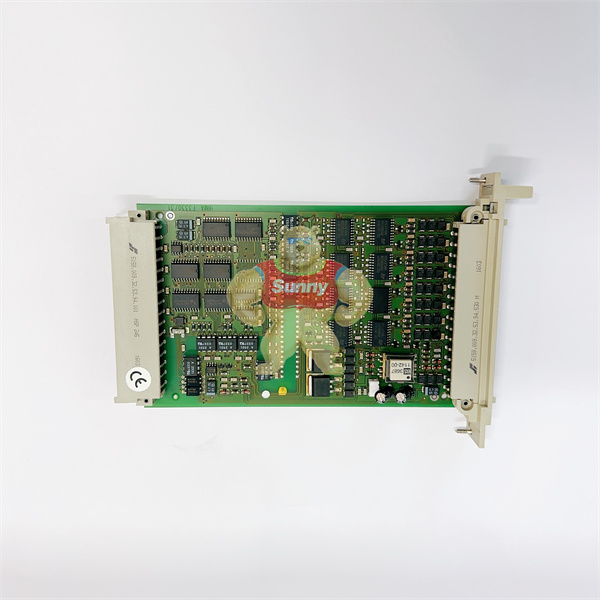Critics of more open trade policies point to persistent U.S. trade deficits in some categories, such as advanced technology products (ATP). According to the U.S. Department of Commerce’s definition of ATP, the U.S. had a deficit of $196 billion in the sector in 2021, with exports of $357 billion and imports of $553 billion.
But this broad measure fails to capture US research and development and production leadership in a range of high-end technologies. In terms of ATP, the US runs a surplus in the aerospace, life sciences and electronics sectors, and the largest deficit by far is in information and communications, at $206 billion, which exceeds the total deficit in ATP. This category includes smartphones – a pervasive consumer technology that is often assembled in China (low-skilled activity) but contains a lot of US know-how and value added.
When real value added is taken into account, the deficit of these advanced technology products shrinks significantly. Of course, American companies (like Apple) generate huge revenues from the sale of these imported products, which are used to employ tens of thousands of American engineers, managers, designers, marketers and other highly skilled service workers. So the ATP trade balance actually means next to nothing to America’s place in the global tech ecosystem.
Nor can a persistent trade deficit be blamed for the continued decline in manufacturing employment in the United States. Manufacturing employment in the US has been declining as a share of total employment since the early 1950s, decades before the era of large trade deficits. The main reason for this is rising productivity, not falling trade or output, and as US companies increasingly automate and shift to higher-end, capital-intensive goods production, they are able to create more value added with fewer workers. In fact, a more competitive manufacturing sector may employ fewer workers because of automation and other productivity reasons.

F3330 984333002

F3330 984333002

F3330 984333002
Indeed, relative declines in manufacturing employment have occurred in almost all major trading countries, whether they typically run trade surpluses or deficits. In a study of 60 countries from 1995 to 2011, Robert Z. Lawrence, a professor of international trade and investment at Harvard University and a senior fellow at the Peterson Institute for International Economics, found that a trade surplus or smaller trade deficit does not translate into more manufacturing jobs.
Lawrence found that countries with the largest trade surpluses actually experienced a larger decline in manufacturing employment as a share of total employment than countries with the largest manufacturing trade deficits.
In the 10 countries with the largest manufacturing trade surpluses among the 60 countries surveyed, manufacturing employment as a share of total employment declined by an average of 3.8 percentage points. Surprisingly, the share of manufacturing employment fell by only 3.3 percentage points in the 10 countries with the largest manufacturing trade deficits.
Among countries with trade surplus, the employment share in manufacturing declined by 5.4 percentage points in Korea and 4.9 percentage points in Germany during the survey period.
In addition, Lawrence found that a smaller trade deficit or larger surplus did not restore manufacturing employment. Countries where the manufacturing trade balance has moved towards a surplus have seen the share of manufacturing employment fall as much as those where the manufacturing trade balance has moved towards a deficit.
The US trade deficit may be a source or result of other challenges in the economy, but deindustrialisation is not one of them. In fact, given today’s intensifying geopolitical competition around the world, the current trade balance is arguably a symbol of America’s enduring strength and advantage. A comprehensive look at the US trade account reveals the complexity of the US economy, the importance of its freedom to import, its enduring appeal as a safe and profitable haven for the world’s capital, and the continued dominance of the dollar, all of which enhance its influence in the world.
 1 Year Warranty
1 Year Warranty




